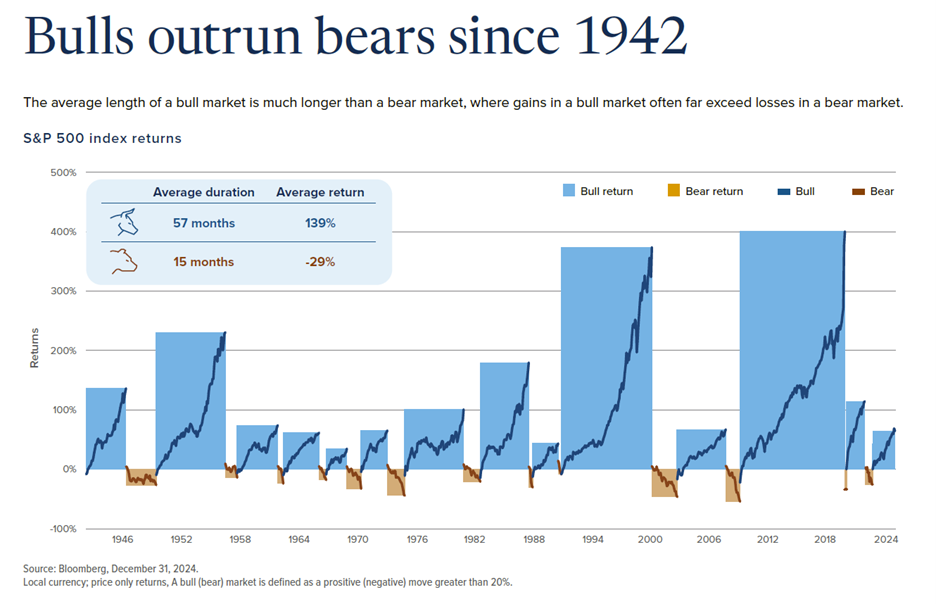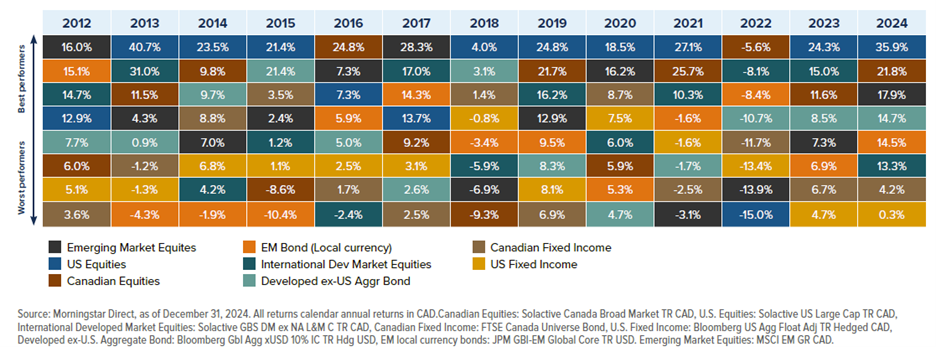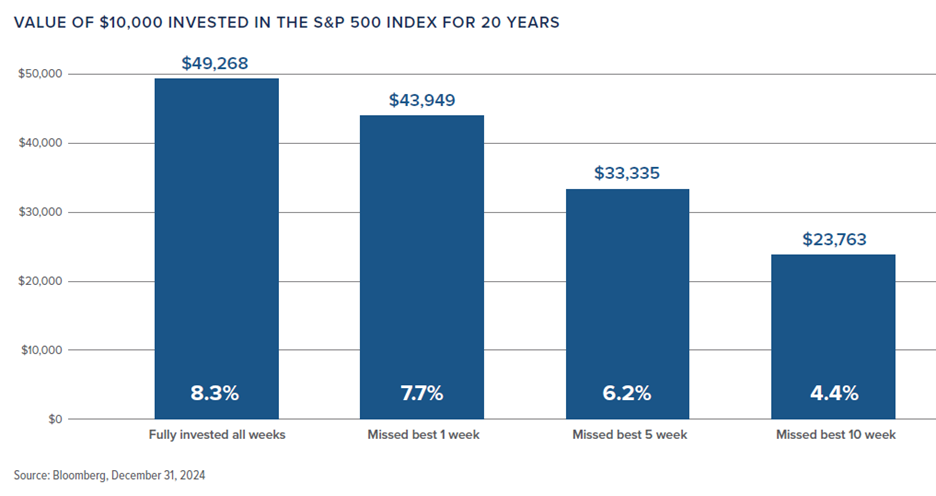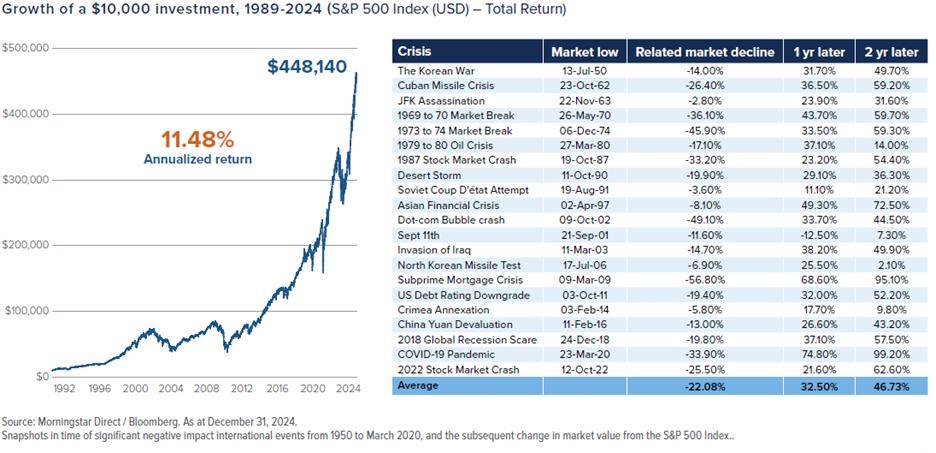Buying your first home is exciting, but it can also be overwhelming. Between listings, showings, bidding wars, and budgets, it’s easy to feel unsure about where to start. That’s where getting pre-approved for a mortgage comes in. It’s one of the smartest first steps you can take in your home-buying journey.
At Mainstreet, we make the mortgage pre-approval process simple and personalized, so you can shop with confidence, understand your real budget, and be ready to act when the right home comes along. Whether you’re buying your very first place or upgrading to something new, we’ll explain why pre-approval matters and how it helps you move forward with clarity, confidence, and control.
1. It Helps You Set a Clear, Realistic Budget
Before you start house hunting, it’s important to know your budget and what makes sense for your life, not just what you hope to afford. Getting pre-approved for a mortgage helps take the guesswork out of the process and gives a clearer picture of your borrowing power. It’s based on your income, savings, debt, and credit history; therefore, you can focus your search on homes that truly fit your financial situation.
At Mainstreet, our mortgage advisors take the time to understand your full financial picture and help you explore your options. Your pre-approval is valid for 90 days, and you can lock in your interest rate during that time, so you can start searching for your new home with confidence. If our rates go down, we’ll automatically give you the lower one.
Want to get a sense of your numbers before you meet with us? Try our mortgage calculator.
To make things even easier, we’ve created a pre-approval mortgage checklist to help you come prepared for your initial appointment.
2. It Makes Your Offer More Competitive
When sellers receive multiple offers, they tend to prioritize buyers who already have home loan pre-approval. It shows that you’re serious, financially ready, and less likely to run into delays with your financing. Even in a calmer housing market, having pre-approval gives you an edge and can help your offer stand out.
Real estate agents also prefer working with pre-approved buyers because it helps keep the process moving smoothly for everyone involved.
A mortgage pre-approval gives you a strong estimate of what you can borrow, but your final approval will also depend on the specific property and any remaining documents. That’s why it’s a good idea to include a condition of financing in your offer. It protects you in case anything changes and gives you peace of mind during negotiations.
3. It Helps You Close Faster and with Less Stress
Once your offer has been accepted, there’s still a lot to do before you can officially call the place your own. This is where being pre-approved for a mortgage pays off. Because your financial information has already been reviewed, the final approval process tends to move more quickly. You’ll spend less time gathering documents and more time preparing for your move.
When you’re already pre-approved, you can work with your lender to finalize the details faster so you can get to the fun part: getting your keys and settling into your new home.
4. It Helps You Avoid Surprises Later On
Getting pre-approved for a mortgage helps you avoid common roadblocks later in the home-buying process. Without it, you might fall in love with a home, put in an offer, and then find out you don’t qualify for the mortgage you need. That can be discouraging, especially if you’ve already pictured yourself living there.
Pre-approval helps you move forward with more clarity and fewer surprises. It can even uncover any potential credit or document issues early on, giving you time to address them before your search gets serious.
It’s all about being prepared. The more you know upfront, the smoother your home-buying journey will be.
5. It Gives You a Clearer Picture of the Costs Involved
When people think about buying a home, they often focus on the down payment, but there are other costs to consider. Getting pre-approved for a mortgage helps you understand the full financial picture so you can plan with confidence. During your pre-approval appointment, your advisor will walk you through all the costs that come with buying a home, including:
- Land transfer tax
- Closing costs
- Legal fees
- Home inspections
- Utility setup costs
- Potential repairs or upgrades
Knowing these numbers upfront helps you avoid surprises and feel more in control of your decision. It also gives you time to budget or adjust your plans before you make an offer.
At Mainstreet, our goal is to make sure you’re prepared, not just for your mortgage, but for everything that comes with it.
How to Get Started
Now that you understand the benefits of getting pre-approved, the next step is finding the right mortgage partner to guide you through the process. At Mainstreet, our advisors take the time to get to know you and your financial goals. We offer tailored mortgage solutions designed to fit your lifestyle, not just a one-size-fits-all rate. With flexible options, personalized advice, and local decision-making, we’re here to make your pre-approval experience as smooth and supportive as possible. And with our simple three-step process, getting started is easier than you might think.
Book an appointment today to meet with a Mainstreet advisor and take the next step toward owning your next home with confidence.





















